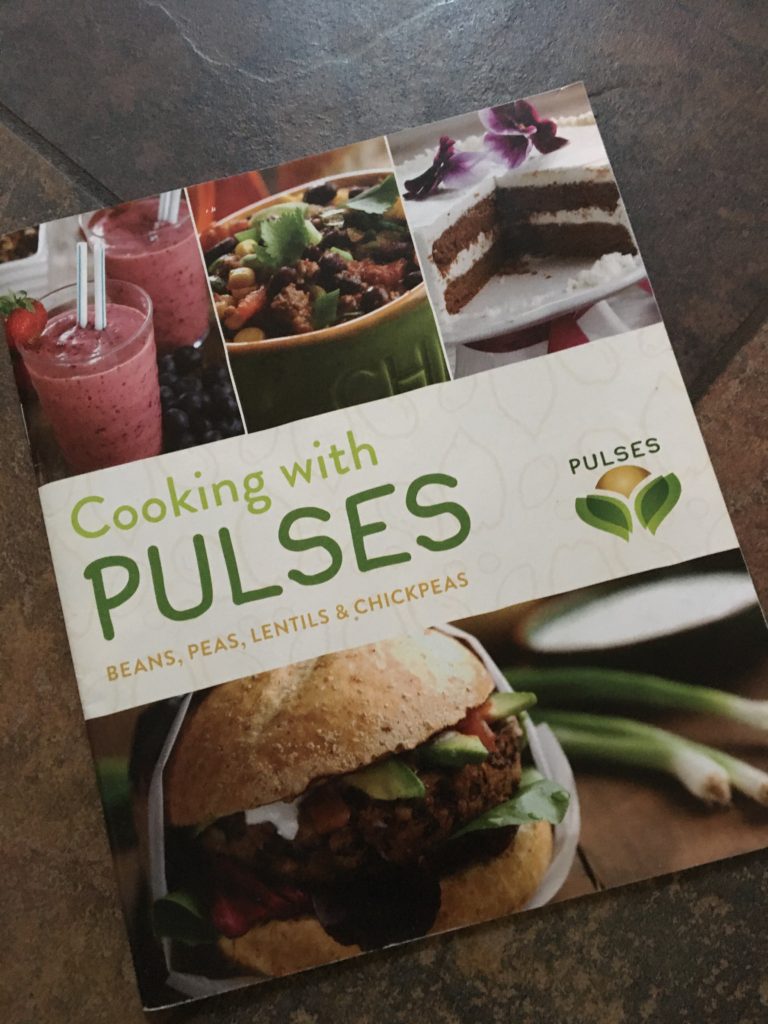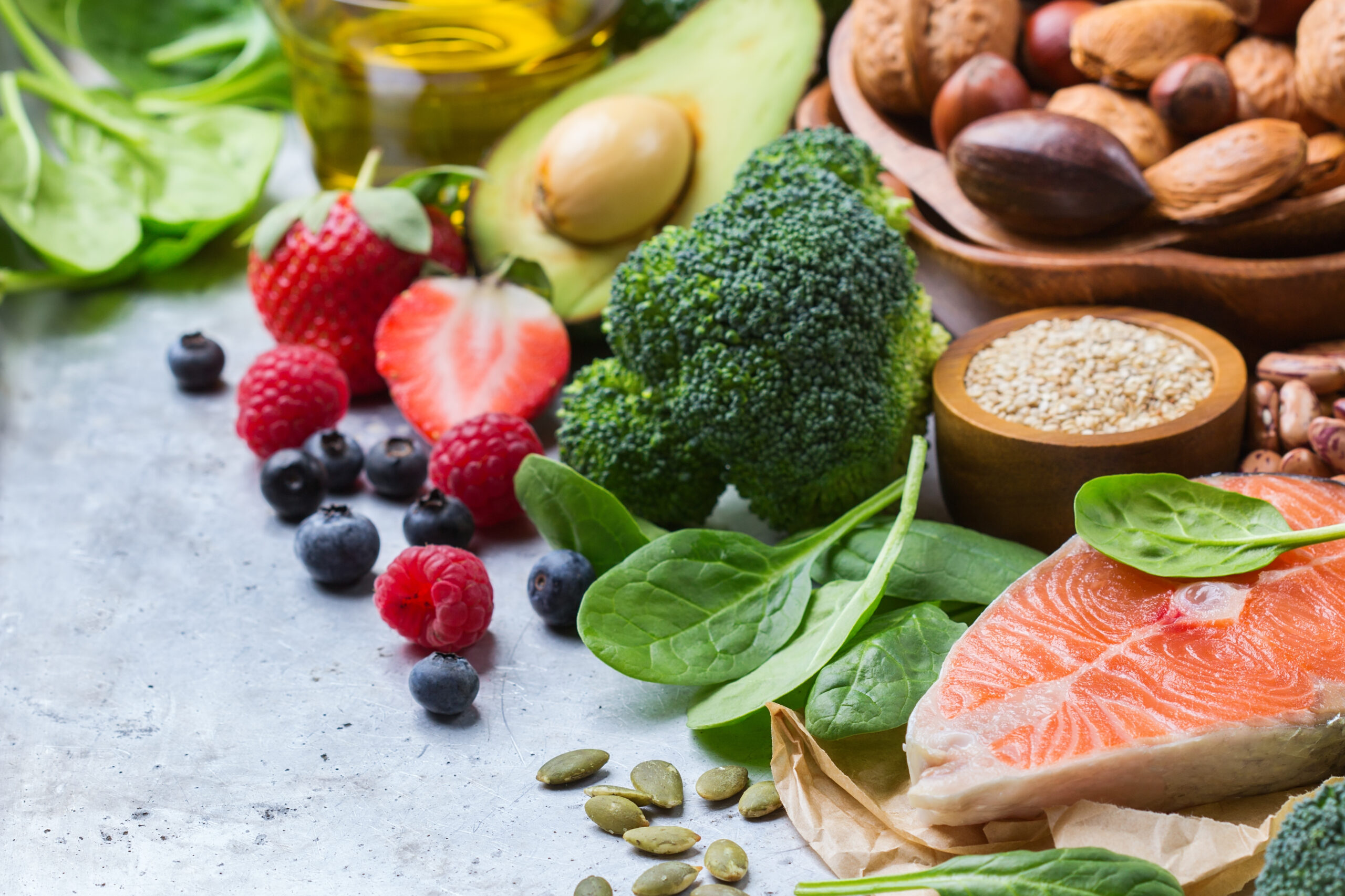
As usual, the nutrition world is ever changing. Slowly, people are starting to hear that we have a new food guide. Again?! Haven’t we changed the food guide before? The answer is yes, the government of Canada has released multiple food guides with the newest coming out in 2019 and it’s simpler and easier to read. As new research is being done and new evidence is being supported, it was time a new food guide showcased those new findings. As an intern, I have been teaching our new food guide to students, parents, and to patients. I have gotten a lot of questions back about the new recommendations such as, what are plant based proteins? What are legumes? What are pulses? Why should I care about these?
I know in Alberta, a heavy meat and dairy province, plant based proteins are a new concept to many people. Plant-based proteins are as simple as proteins that come from plants! These include legumes, nuts, seeds, and tofu. As a soon to be Dietitian I love to talk about food and all the exciting reasons to eat them! But of course I can’t talk about everything, so I’ll stick to talking about legumes, and more specifically, pulses.
Pulses are the dry, edible seeds of pod plants in the legume family (1). Pulses include dry beans, dry peas, lentils, chickpeas and faba beans. When planted, they are able to work with certain soil bacteria to take nitrogen from our air and turn it into a form that can be used by plants and at the same time making the soil healthier (1). What’s exciting about this information is that we can grow them right here in Alberta!
So why did Canada’s New Food Guide decide to tell us to eat more plant based proteins, like pulses? Well, pulses are high in protein, fibre, vitamins, and minerals. And they are low in fat. That makes pulses a good food to add into your diet for diabetes management, weight management, heart healthy diets, and an overall healthy diet. And of course, they can replace our meat to make vegetarian or vegan diets balanced.
But let’s get to the real exciting part of pulses. As a student, paying for anything is a chore. I’m constantly trying to find ways to save money the same way most people are. So when I’m at the grocery store picking out what I want for supper, sometimes that can of chickpeas or bag of lentils looks really good next to its price tag. You can buy a can of chickpeas for under $2 or a bag of dry red lentils for under $4! (2) Now compare that to 500g of ground beef for $8 or a package of chicken breasts for $10 or even to prime rib steak for $35! (2) In my case, I am reaching for the pulses.
Now, I know everyone has their preferences on what type of proteins they would rather eat, and yes animal based proteins are healthy for you. But pulses are a great source of protein and other nutrients, they can be made into tasty meals, and they are super cheap! So, why not start adding pulses into our lunches, suppers, or even baking?!
If you are interested in learning more about pulse or want to find some great recipes check about Alberta Pulse Growers
References:
- Alberta Pulse Growers (2020). https://albertapulse.com/. Accessed on February 25.Superstore Canada (2020).
- https://www.realcanadiansuperstore.ca. Accessed on February 25
Written by Samantha Galasso, Dietetic Intern. Photo from Cookbook from Alberta Pulse Growers.
NOTE: Dr Klein has received an Unrestricted Research Grant from Alberta Pulse Growers.

